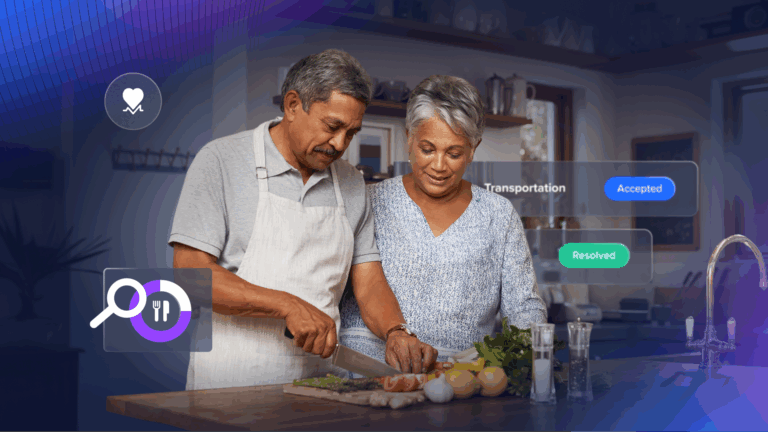
5 Key Insights For Leveraging Technology and Workflow Optimization to Address Drivers of Health
Health system leaders share key lessons and insights for using technology and workflow optimization to transform patient outcomes at scale.
As hospitals and health systems strive to improve patient outcomes, the need to address drivers of health (DOH)—including non-medical needs like housing, food, and transportation—has never been more important. On April 10, 2025, the American Hospital Association (AHA), in partnership with Unite Us, hosted a webinar exploring how leading health systems are using technology and workflow optimization to transform patient outcomes at scale.
Meet the Speakers:
 Polly VanderWoude, MHSA, FACHE
Polly VanderWoude, MHSA, FACHE
Executive Director, Population Health & Clinical Integration, Center for Population Health, Yale New Haven Health
 Emily Miron, MPH
Emily Miron, MPH
Health Equity Operations Administrator, Yale New Haven Health
 Toni Grinstead, MPA
Toni Grinstead, MPA
Health Equity Consultant, Presbyterian Healthcare Services
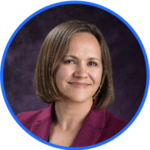 Leigh Caswell, MPH
Leigh Caswell, MPH
Vice President of Community and Health Equity, Presbyterian Healthcare Services
These leaders shared insights on how their organizations are bridging clinical care and community partnerships to meet patients’ health-related social needs (HRSN) or non-medical needs.
Health System Snapshot:
![]()
Presbyterian Healthcare Services (PHS) is an integrated delivery system with headquarters in Albuquerque, New Mexico. PHS handles more than 1 million combined inpatient, outpatient, and ED visits each year across nine hospitals, 40 primary or specialty care clinics, and five urgent care centers.
- Hospitals: 9
- Presbyterian Medical Group: 1,200 clinicians
- Presbyterian Health Plan: 598,000 members
- Annual inpatient hospital visits: 55,019
- Annual outpatient clinic visits: 694,300
- Annual ED visits: 284,928
- Annual HRSN screenings: 1.5 million
Source: Presbyterian Healthcare Services (all figures from 2023)
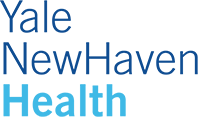
Yale New Haven Health (YNHH) is an integrated delivery network based in New Haven, Connecticut. YNHH manages more than 5.7 million combined inpatient, outpatient, and ED visits each year across 363 care sites, including five hospitals.
- Hospitals: 5
- Northeast Medical Group: 1,000 clinicians
- Annual inpatient hospital visits: 151,850
- Annual outpatient clinic visits: 5.2 million
- Annual ED visits: 349,394
- Annual HRSN inpatients screened: 56,965
Source: Yale New Haven Health (screening data inpatient only from 2024; all other figures from 2022)
Key Takeaways
Takeaway 1: Effectively Addressing Non-medical Needs Requires Long-term, System-wide Investment
Addressing non-medical needs isn’t a one-off initiative—it must be embedded in the health system’s culture, strategy, and operations. Yale New Haven Health and Presbyterian Healthcare Services have invested in dedicated staff, leadership support, and organization-wide training so that patients are connected to the resources and support they need.
Takeaway 2: Technology Enables Scale, but Relationships Remain Critical.
Technology platforms like Unite Us help teams identify, refer, and track outcomes for non-medical needs—but technology is only one piece of the puzzle. Trust and collaboration between health systems and community-based organizations are foundational to driving positive outcomes.

Takeaway 3: Embedding HRSN Screenings into Clinical Workflows is Essential for Improving Outcomes.

Both organizations have taken steps to integrate HRSN screening into routine care, using their electronic health records and Unite Us’ closed-loop referral system to streamline the process. This integration ensures that patients’ non-medical needs are identified early and addressed proactively.
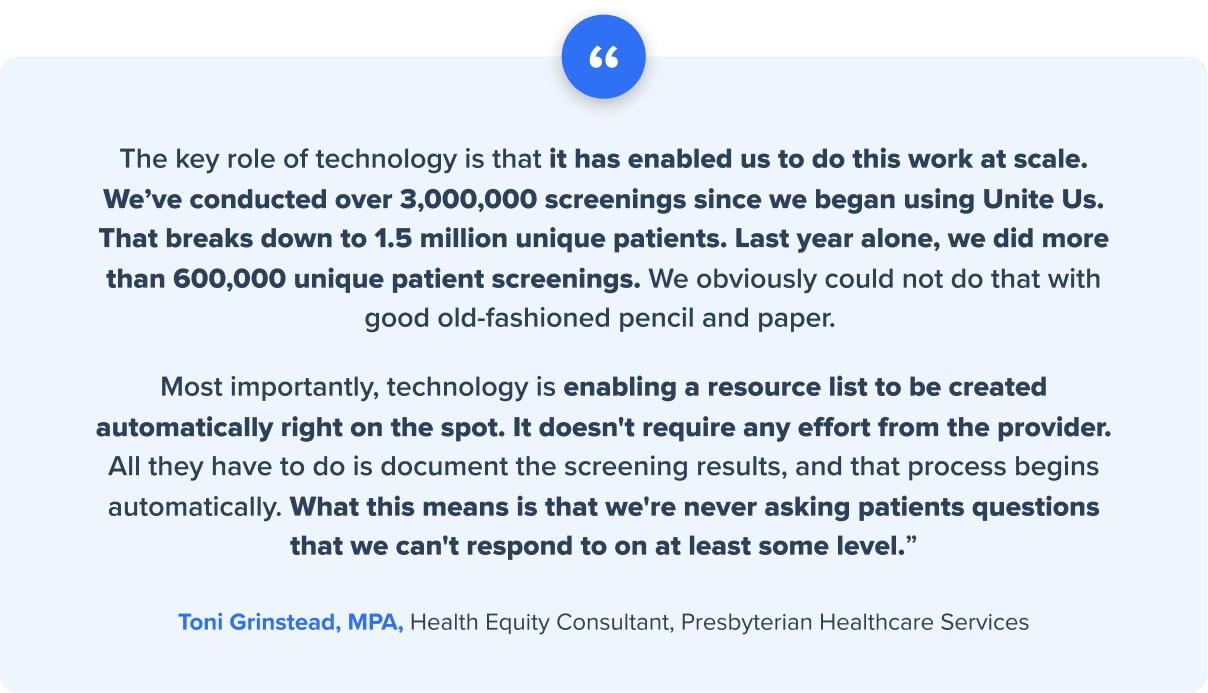
Takeaway 4: Integrating Community Interventions into Discharge Planning can Help Reduce Readmissions.
Engaging community health workers with high-risk patients before they leave the hospital can help with identifying non-medical needs early and provide continued support in the community. By layering DOH data with clinical quality measures, health systems can tailor interventions and improve long-term health outcomes.
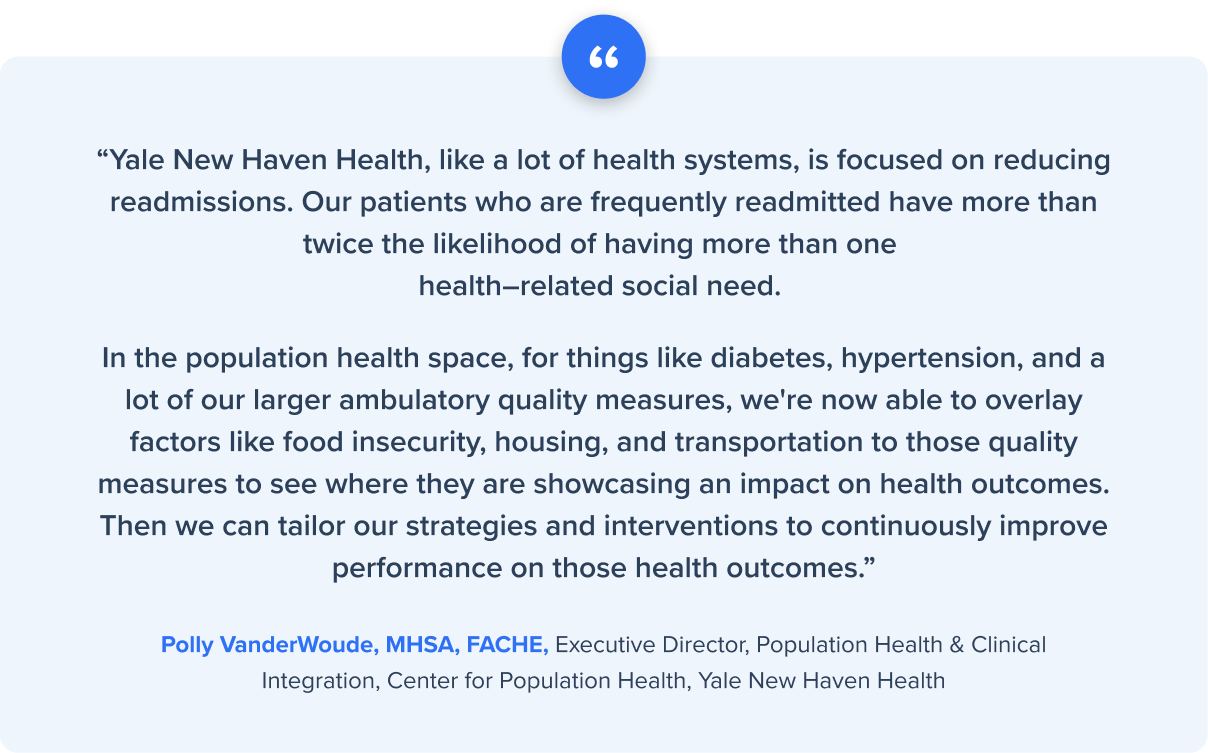
Takeaway 5: Automated Workflows Improve Both Patient Care and Provider Efficiency.
Embedding screening and automated resource recommendations for non-medical needs—like food or housing insecurity— reduces provider burnout by eliminating uncertainty and frustration with not being able to provide resources during patient encounters. With clear, consistent processes in place, providers feel more empowered, supported, and confident in their ability to help patients beyond the clinical walls.
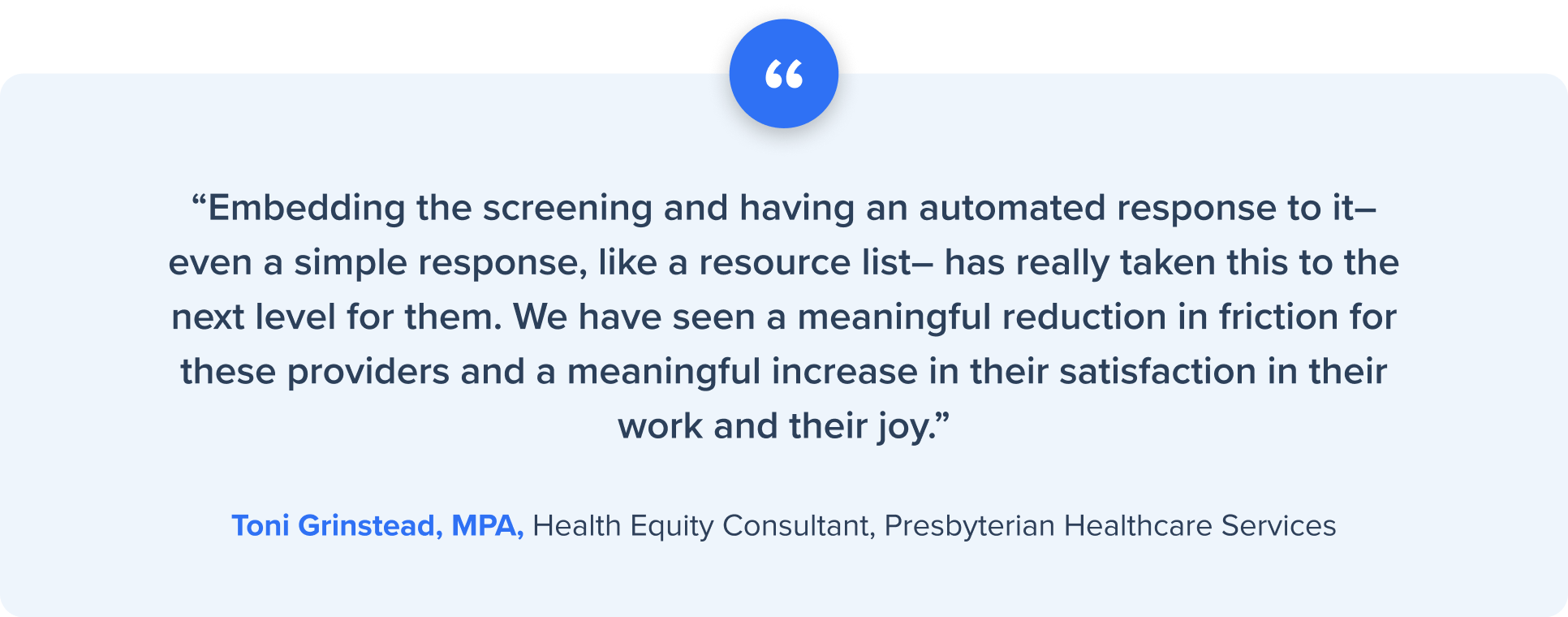
Supporting Whole-Person Care with Technology Solutions
 Health systems across the country are increasingly recognizing that improving patient outcomes means addressing the full spectrum of needs—both clinical and beyond. The insights shared by experts like Polly VanderWoude, Emily Miron, Toni Grinstead, and Leigh Caswell underscore the critical role of scalable technology solutions, health system buy-in, and community support in improving the overall health and well-being of patients. By leveraging innovative technology solutions like those provided by Unite Us, we can effectively identify and address the complex and often unmet social needs of patient populations at scale.
Health systems across the country are increasingly recognizing that improving patient outcomes means addressing the full spectrum of needs—both clinical and beyond. The insights shared by experts like Polly VanderWoude, Emily Miron, Toni Grinstead, and Leigh Caswell underscore the critical role of scalable technology solutions, health system buy-in, and community support in improving the overall health and well-being of patients. By leveraging innovative technology solutions like those provided by Unite Us, we can effectively identify and address the complex and often unmet social needs of patient populations at scale.
To learn more about how Yale New Haven Health and Presbyterian Healthcare Services improved patient outcomes with Unite Us, watch the webinar.
